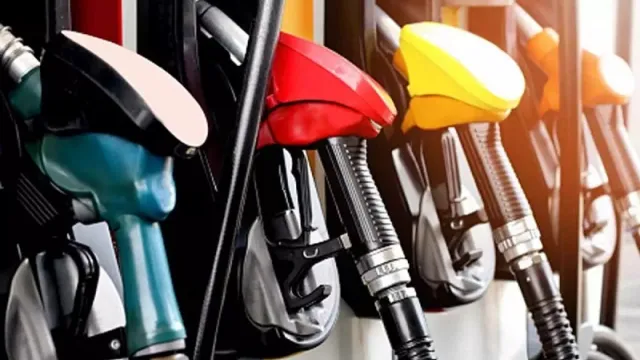Pain for businesses, consumers as record cost of fuel courses through Kenya

Pain for businesses, consumers as record cost of fuel courses through Kenya
The latest surge in the cost of petrol, diesel, and kerosene by Kes9 per litre, which takes the commodity to its highest retail levels, is a pointer to one thing: Kenyan businesses and consumers are firmly in the grip of a roiling economic crisis.
The months ahead look gloomy as the Kenyan Shilling is projected to keep losing ground steadily against the US dollar, a move that will be seeing oil marketers pushing harder for further increases in fuel prices to cushion their thinning margins.
Higher fuel prices are a headwind for the health of the wider economy too, beyond just consumers having less money to spend.
Take the high cost of diesel fuel for instance. This implies that anything transported on a truck, train or ship is likely to cost more for millions of consumers in the country going forward.
Energy costs are a key plank to high inflation numbers showing up in Kenya's economics data since it forces prices for all manner of goods and services to move up in equal measure.
In the latest price review that will run between June 15 and July 14, the Energy and Petroleum Regulatory Authority (EPRA) fixed the maximum retail prices of a litre of petrol at Kes159.12, while diesel and kerosene will cost Kes140 and Kes127.94 respectively in the capital Nairobi.
Read also: World Bank sees Kenya’s growth easing to 5.5 percent as fuel bill drags recovery
Even with the latest sharp rise, EPRA was quick to highlight that the prices would have been much worse for motorists and consumers.
In its subsidy programme, the government will be shouldering Kes25.76, Kes48.19 and Kes42.43 per litre of petrol, diesel and kerosene respectively to help consumers access the commodity.
In Kenya, the government utilizes the Petroleum Development Levy to cushion consumers from the surge in retail prices owing to an uptick in global oil prices.
The price of oil in the global markets has been rising unevenly but sharply since Russia’s invasion of neighboring Ukraine and the resulting sanctions by the US and its allies on Moscow have equally contributed to the rise. Russia is one of the biggest oil producers in the world.
According to the World Bank, Kenya's fuel subsidy bill is an average of $66 million per month, which the global lender says is putting fiscal pressure on revenue recovery that had gathered momentum following a rebound in the economy last year.
Subsequently, Kenya’s economic growth may slow to 5.5 percent this year, largely attributable to rising global oil costs that have given led to increased commodity prices, the Bank noted in its latest Kenya Economic Update.
“The impact of higher oil prices is not only limited to a rise in the import bill but would also extend to increased cost of production and transportation impacting the utilities, manufacturing and services sectors,” the survey said.
According to EPRA, the average landing cost of the imported super petrol increased by 5.96 percent from $826.77 per cubic metre in March to $876.05 per cubic metre in April.



